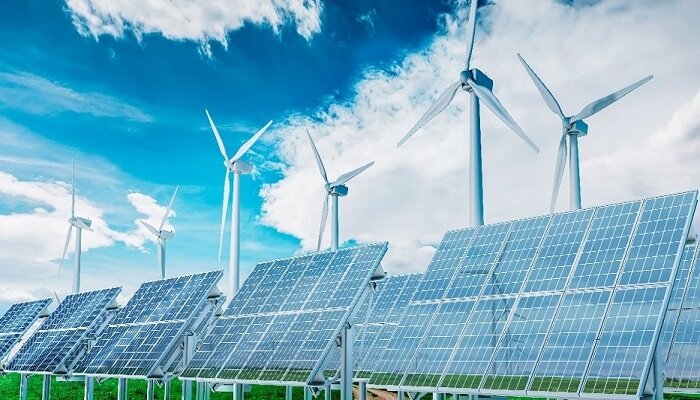Renewable energy technologies like wind, hydro, solar, and battery energy storage systems (BESS) are leading the global shift toward clean energy. The US and Latin America are experiencing significant progress in these technologies driven by geopolitical and economic trends. As per insights, the demand for electricity is projected to nearly double from 1,295 TWh in 2020 to 2,282 TWh in 2040, posing challenges for some regions. This article explores the latest advancements in solar, wind, hydro, and BESS technologies while addressing the issues of insurability and risk perception in the renewable energy sector.
Wind energy, both onshore and offshore, is rapidly expanding worldwide. The East Coast of the US has seen substantial growth in offshore wind projects due to streamlined permitting processes and improved grid integration. Similarly, Latin American countries such as Brazil, Argentina, and Mexico are tapping into their wind resources through government auctions and private investments. Community wind projects and hybrid installations are also gaining traction. While Europe and Asia are leading in offshore wind development, Latin America is still in the early stages. Offshore wind farms require consistent energy policies and investment in transmission infrastructure to fully realize their potential in the region.
Solar power is booming globally due to falling costs and supportive policies. In the US, utility-scale installations, community solar initiatives, and commercial rooftop systems are driving substantial growth. LATAM countries like Chile, Mexico, and Brazil are also experiencing remarkable solar capacity additions, supported by regulatory frameworks and programs. However, hail and weather-related risks pose challenges to solar farms, and the region needs to develop transmission infrastructure to meet growing energy demand.
Battery energy storage systems (BESSs) play a crucial role in addressing the intermittency of clean energy sources. The US is experiencing a surge in utility-scale BESS installations due to declining costs and state-level energy storage mandates. Latin American countries like Chile, Mexico, and Argentina are also implementing energy storage projects to enhance grid stability, support renewable integration, and improve energy access in remote areas. However, the risk of thermal runaway in lithium-ion batteries poses a significant challenge to the integrity of BESS installations. Insurance coverage needs to consider these risks and develop specialized solutions accordingly.
Hydroelectric power growth in Latin America is relatively low compared to other regions, with a projected reduction in development between 2021 and 2030. Associated risks with the construction and operation of hydroelectric plants, such as quality issues and natural catastrophes like flooding, need to be carefully evaluated and re-evaluated.
Insurance Coverage and Risk Reduction
As renewable energy projects expand, specialized insurance coverage is required to manage technology risks, natural disasters, business interruption, liability concerns, cybersecurity threats, and regulatory changes. Early assessment of asset-specific risks and the involvement of insurers can help optimize premium costs. Offshore wind, solar, BESS, and hydro projects each have specific risks that insurers must address through tailored coverage options and collaboration with industry stakeholders and governments.





































